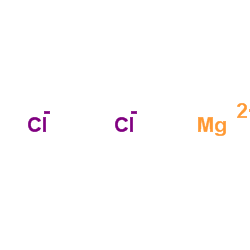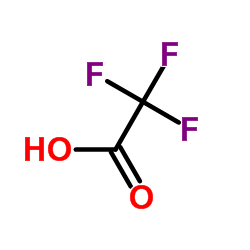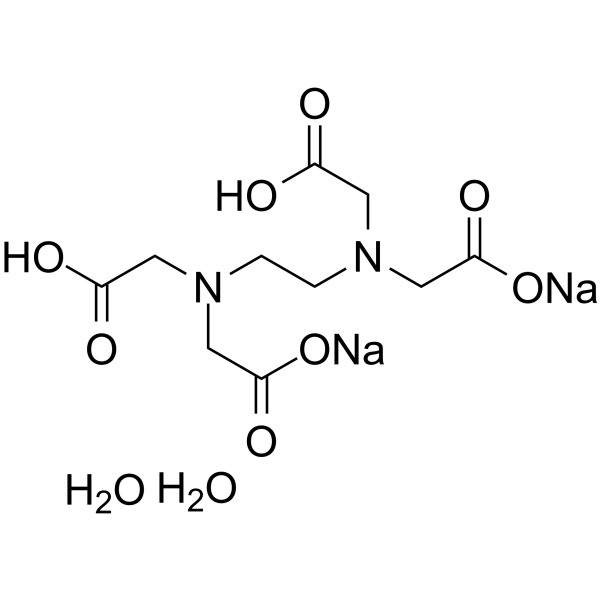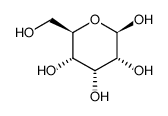| Structure | Name/CAS No. | Articles |
|---|---|---|
 |
Ethylenediaminetetraacetic acid disodium salt
CAS:139-33-3 |
|
 |
Acetonitrile
CAS:75-05-8 |
|
 |
Methanol
CAS:67-56-1 |
|
 |
Magnesium choride
CAS:7786-30-3 |
|
 |
trifluoroacetic acid
CAS:76-05-1 |
|
 |
Disodium edetate dihydrate
CAS:6381-92-6 |
|
 |
2-Methylenanthic acid
CAS:1188-02-9 |
|
 |
H-Phe(4-I)-OH
CAS:24250-85-9 |
|
 |
Beta-D-allose
CAS:7283-09-2 |